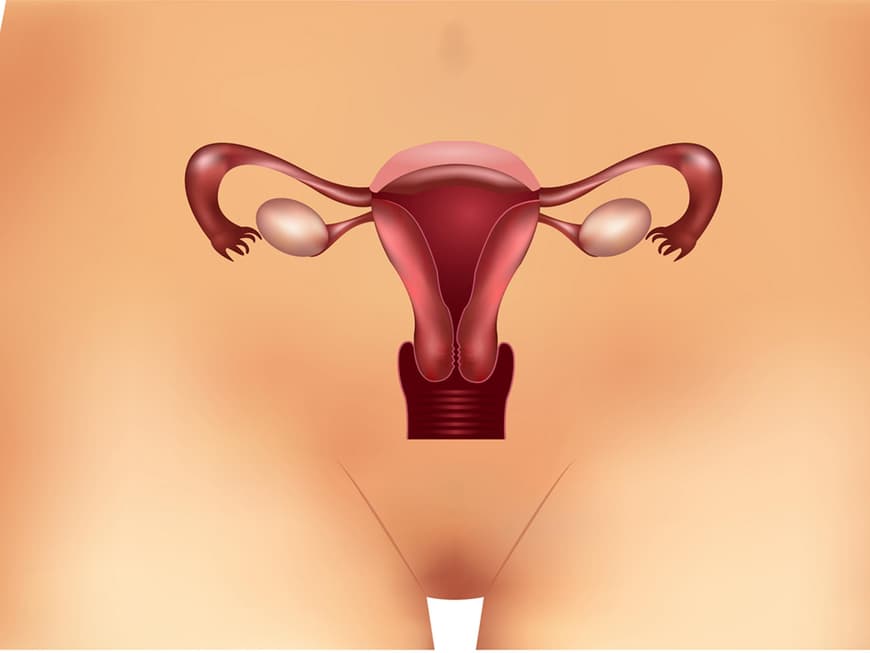
How does the hormonal disorder develop?
PCO syndrome develops due to an irregularity in the hormone balance. The body releases too many male sex hormones (androgens). It is not clear what the exact trigger could be. According to studies, genetic factors play a role. Several family members are often affected by PCO syndrome. Environmental influences and individual lifestyle are also thought to contribute to the condition - such as lack of exercise, poor diet and obesity: 50 percent of women affected weigh too much.
The most important symptoms of PCO syndrome
The clinical picture can vary from woman to woman. However, it is characterized by irregular or completely absent periods with a lack of ovulation. This greatly reduces the chances of becoming pregnant for PCO patients.
Also striking: a high level of male hormones. This leads to a more masculine distribution of body hair, with beard growth and loss of scalp hair. It can also lead to acne and a disturbed sugar metabolism - and even diabetes. And: obesity is not only one of the causes, but can also be a consequence.
Recognizing PCO syndrome: Diagnosis is difficult
The disease is complex, as the symptoms of PCO syndrome can vary. This makes diagnosis difficult. If PCO is suspected, a vaginal ultrasound is usually performed. In women with PCO syndrome, the ovaries are usually enlarged on both sides and have at least twelve small cysts. The gynecologist checks the changes in hormones using blood tests.
Treating the symptoms
Unfortunately, there is no cure for PCO syndrome. It is usually treated with medication and hormones. In overweight women, the symptoms can also be alleviated by losing weight with a healthy diet and exercise. This brings the hormones back into balance and increases the possibility of ovulation, menstrual problems and fertility improve and excessive hair growth decreases.
